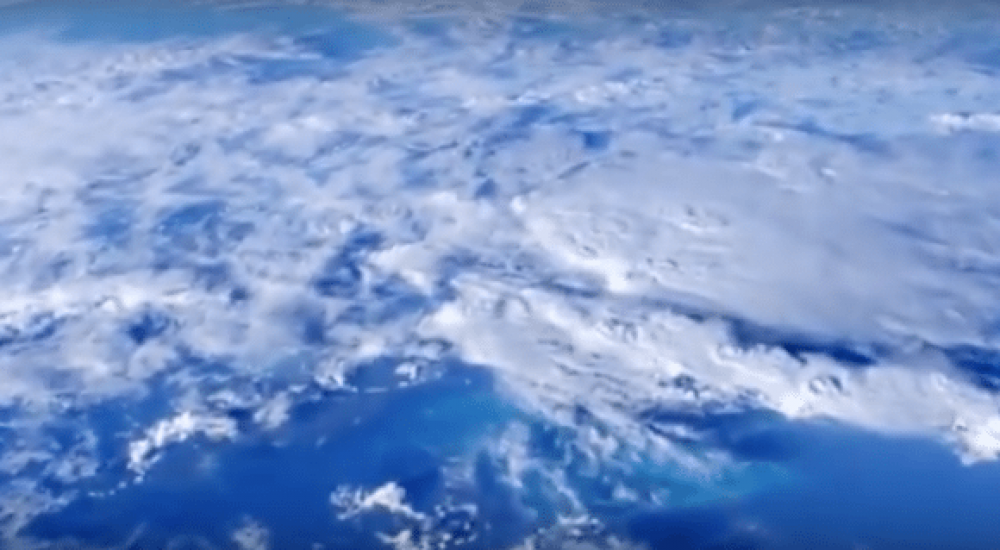Observing. Critical Thinking. Accurate Recording. Reflection.
These are much needed skills for living in the complexities of today’s world. Developing these skills helps round out youths’ abilities to navigate in and contribute to a better world, whether as a concerned person or a student looking towards a future career in science or technology.
You can support your students to have fun, learn the habits of mind of scientists, and gain some real skills observing and contributing data to aid NASA scientists in understanding the Earth! Youth can be “on watch” to keep track of the world around them, making observations outdoors, and contributing those observations so that scientists can use them in their research.
NASA has easy-to-use “no-tech” (hands-on, and outdoor observations) and “low-tech” resources (for example, taking observations and uploading photos) available to after school citizen scientists.
NASA’s GLOBE program (Global Learning and Observations to Benefit the Environment) invites after school youth and leaders to make environmental observations that complement NASA satellite observations to help scientists studying Earth.
The GLOBE Observer application focuses on capturing cloud observations that help NASA scientists understand clouds from below (the ground) and above (from space). Clouds are easy to observe from most afterschool sites, and not only tell us about the weather from day to day, but play an important driving role in what the weather and climate are like. Clouds can change quickly – so what’s happening at your site during your afterschool time is important for scientists to know, since they need frequent observations from citizen scientists to keep up with current conditions.
Not only can youth spend time outdoors (or observe the outdoors if it’s too hot, cold, or rainy to be out), but they get to learn about how to classify things, and complement their imagination (“cotton-ball rabbits”, “horse tails”, or even “elephants” in the sky) with accurate observations, noting layers of clouds with different shapes at different heights and learning the names scientists use to classify them. GLOBE Observer provides a step-by-step process for observing and reporting the type of data scientists need. You can report via a free App, email, desktop computer, or mail in a paper form. [photo taken by Dr. Bruce Wielicki, NASA’s Clouds and the Earth’s Radiant Energy System” Principal Investigator]
Give your students 21st Century observing skills and have fun doing it!. Hear from a NASA scientist about why cloud observations matter in this short video: GLOBE Observer Cloud Science.
For those wanting to dig deeper into contributions that students can make, or to encourage your students’ teachers to learn more, visit the Globe Program.
View of clouds from the International Space Station
In honor of the great outdoors, this morning for breakfast I had a seasonal fresh-made dish of my amazing home-made apple sauce, cooked in a crock-pot with only cinnamon added!
Author: @leslielowes

Pingback: Look Up! Space-based Science in Afterschool - BOOST Cafe